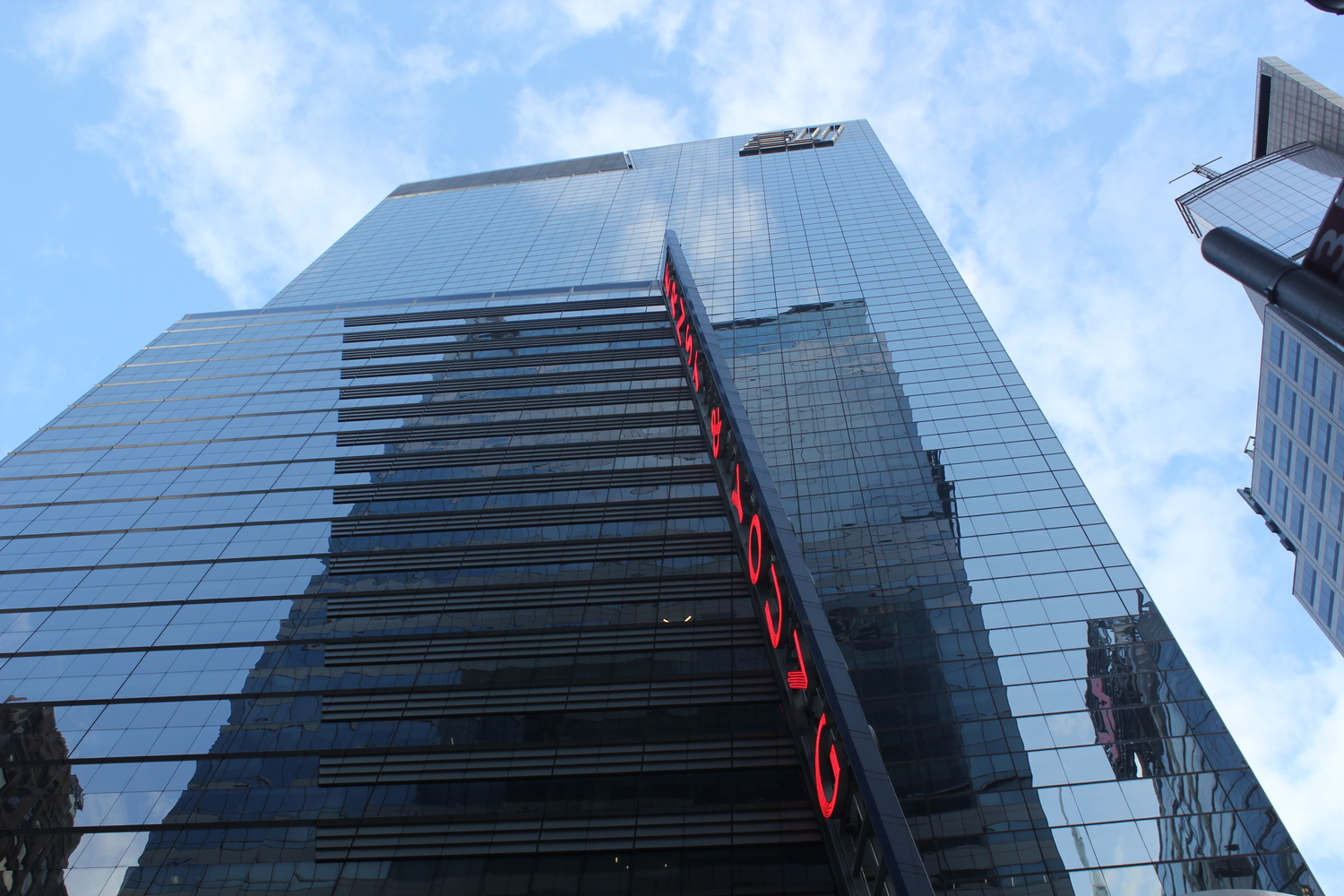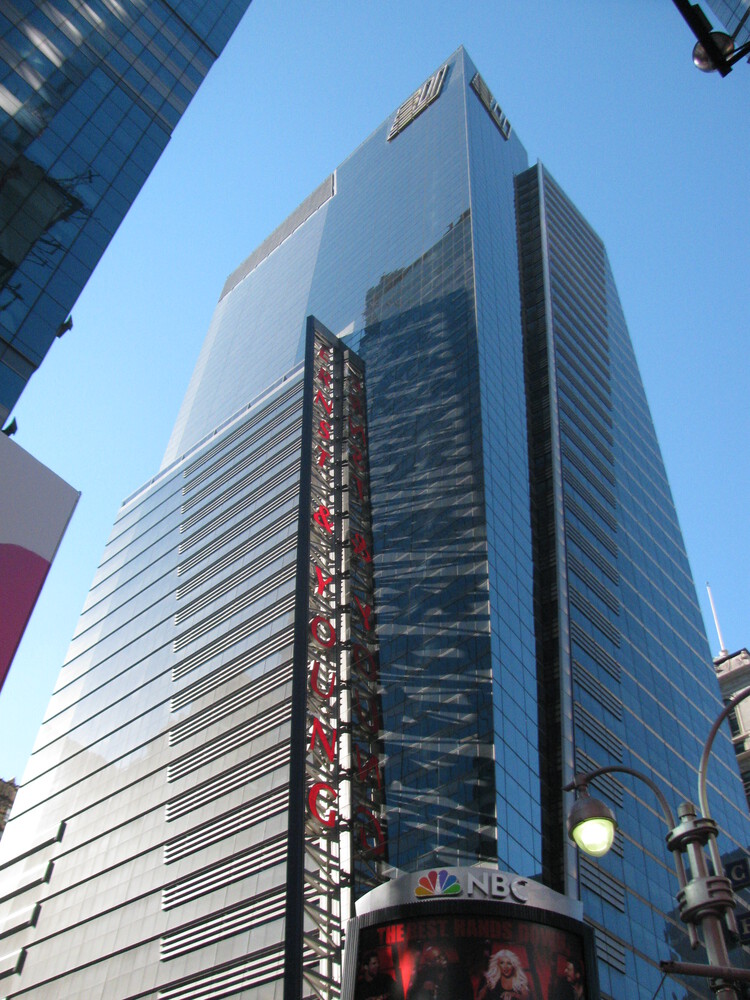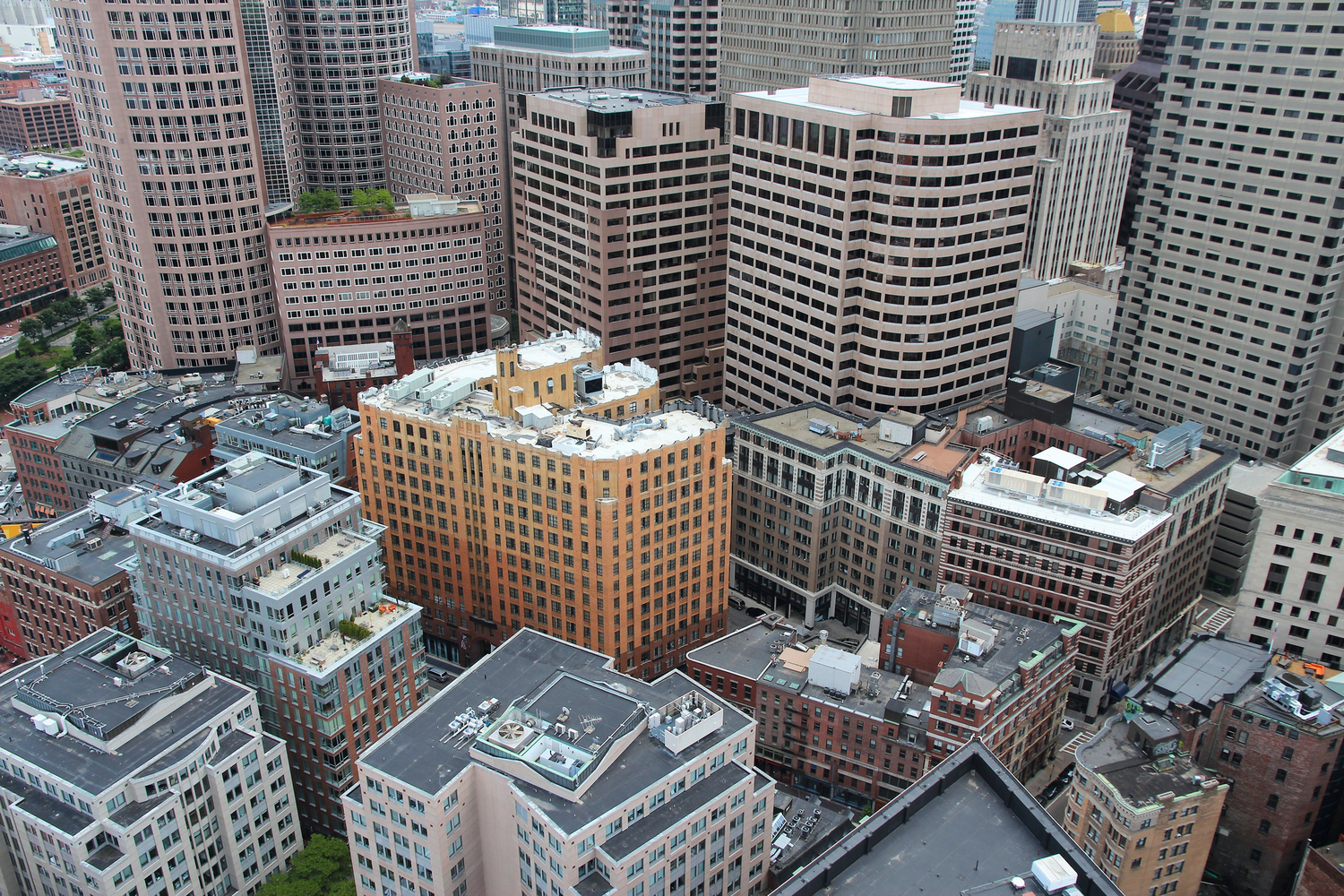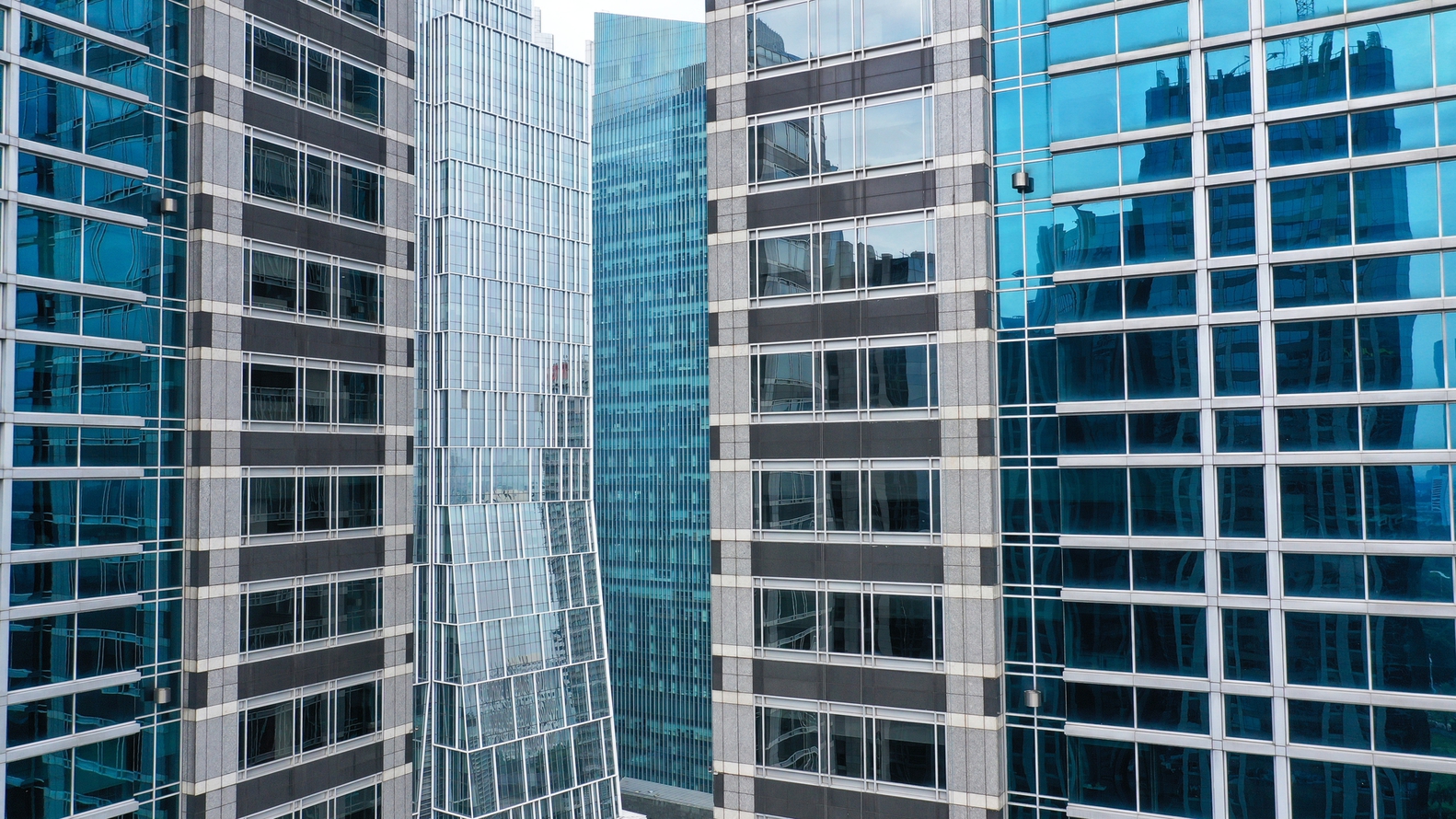Transform Times Square Office Tower into Housing in New York City
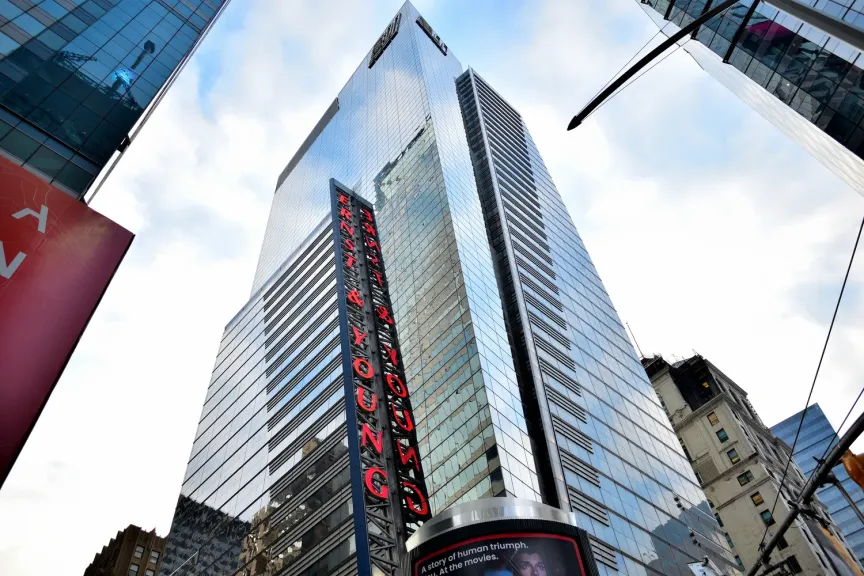
The Empire State Development (ESD) Board of Directors has approved a major office-to-residential conversion project at 5 Times Square, New York City, as announced by the New York state government. Originally built in 2002 as the headquarters for Ernst & Young, with Kohn Pedersen Fox (KPF) as the design architect, the building has been largely vacant since the corporation vacated the premises in 2022, with vacancy rates remaining around 75 percent. Gensler's proposal aims to repurpose this underutilized office space into a mixed-use complex, introducing up to 1,250 new homes, including 313 permanently affordable units.
Gensler Announces Plans to Transform Times Square Office Tower into Housing in New York City - Image 2 of 7Gensler Announces Plans to Transform Times Square Office Tower into Housing in New York City - Image 3 of 7Gensler Announces Plans to Transform Times Square Office Tower into Housing in New York City - Image 4 of 7Gensler Announces Plans to Transform Times Square Office Tower into Housing in New York City - Image 5 of 7Gensler Announces Plans to Transform Times Square Office Tower into Housing in New York City - More Images+ 2
Save this picture!Gensler Announces Plans to Transform Times Square Office Tower into Housing in New York City - Image 6 of 7The Ernst & Young Tower (5 Times Square) in Manhattan, New York. Image © darknah via Shutterstock
Expanding on the initial announcement, the conversion of 5 Times Square will repurpose nearly one million square feet of office space while retaining over 37,000 square feet of existing retail. The redevelopment, led by Gensler, will introduce a total of 1,250 new residential units, a mix of 1,050 studios and 200 one-bedroom apartments, with equal access to building amenities for all residents. More than 300 of these units will be permanently affordable, designated for New Yorkers earning up to 80 percent of the Area Median Income (AMI). The adaptive reuse strategy responds to the building's persistent vacancy rate, transforming a largely underutilized asset into much-needed housing supply. The tower's structural configuration supports a mixed-use program, allowing residential units to coexist with the remaining commercial and retail functions.
Save this picture!Gensler Announces Plans to Transform Times Square Office Tower into Housing in New York City - Image 7 of 7Manhattan, New York City - view of the The Ernst & Young Tower (5 Times Square). Image © Anton_Ivanov via Shutterstock
Situated at the intersection of Seventh Avenue and 41st-42nd Streets, the site offers direct access to 12 subway lines and extensive regional transit, aligning with Governor Hochul and Mayor Adams' shared vision for transit-oriented development. The project aims to reduce car dependency while supporting sustainable urban growth in Midtown Manhattan. Construction is scheduled to begin in the third quarter of 2025, with the first phase expected to be completed by 2027.
Across the United States, a growing number of cities are confronting the challenge of high office vacancy rates, particularly in downtown areas where demand for commercial space has declined sharply since the COVID-19 pandemic. Remote and hybrid work models have significantly altered workplace dynamics, contributing to a national oversupply of office space. This shift has left millions of square feet vacant, prompting urban planners, developers, and policymakers to explore alternative uses for these buildings. Among the emerging strategies, office-to-residential conversions have gained traction as a potential solution to both surplus office inventory and mounting housing shortages in many metropolitan areas.
Save this picture!Gensler Announces Plans to Transform Times Square Office Tower into Housing in New York City - Image 2 of 7The Ernst & Young Tower (5 Times Square) in Manhattan, New York. Image © Epicgenius via Wikimedia Commons, CC BY 4.0
Save this picture!Gensler Announces Plans to Transform Times Square Office Tower into Housing in New York City - Image 4 of 7Downtown Boston Office Buildings. Image © Shutterstock
While technically complex and often financially challenging, these adaptive reuse efforts are being supported by evolving public policy frameworks and growing interest in downtown revitalization. Several municipalities are introducing incentives and zoning reforms to facilitate such transformations, aiming to restore vitality to underutilized urban cores. Simultaneously, architects and developers are reimagining office buildings as residential spaces that respond to changing lifestyle expectations, focusing on amenity-rich, flexible environments.
Save this picture!Gensler Announces Plans to Transform Times Square Office Tower into Housing in New York City - Image 5 of 7Office Buildings. Image © Shutterstock
Similar to the office-to-residential conversions, adaptive reuse strategies are being increasingly applied across a wider range of building typologies, including industrial sites, religious structures, and heritage landmarks. Recent examples include the winning proposal by MVRDV and Zecc Architecten to transform the St. Francis of Assisi Church in Heerlen, the Netherlands, into a public swimming facility, reimagining a sacred space for contemporary civic use and similarly Garcés de Seta Bonet and MARVEL Architects' proposal won the competition to adapt and expand the Tres Xemeneies/Three Chimneys, a former power plant set to become the Catalunya Media City hub in Barcelona, Spain.
